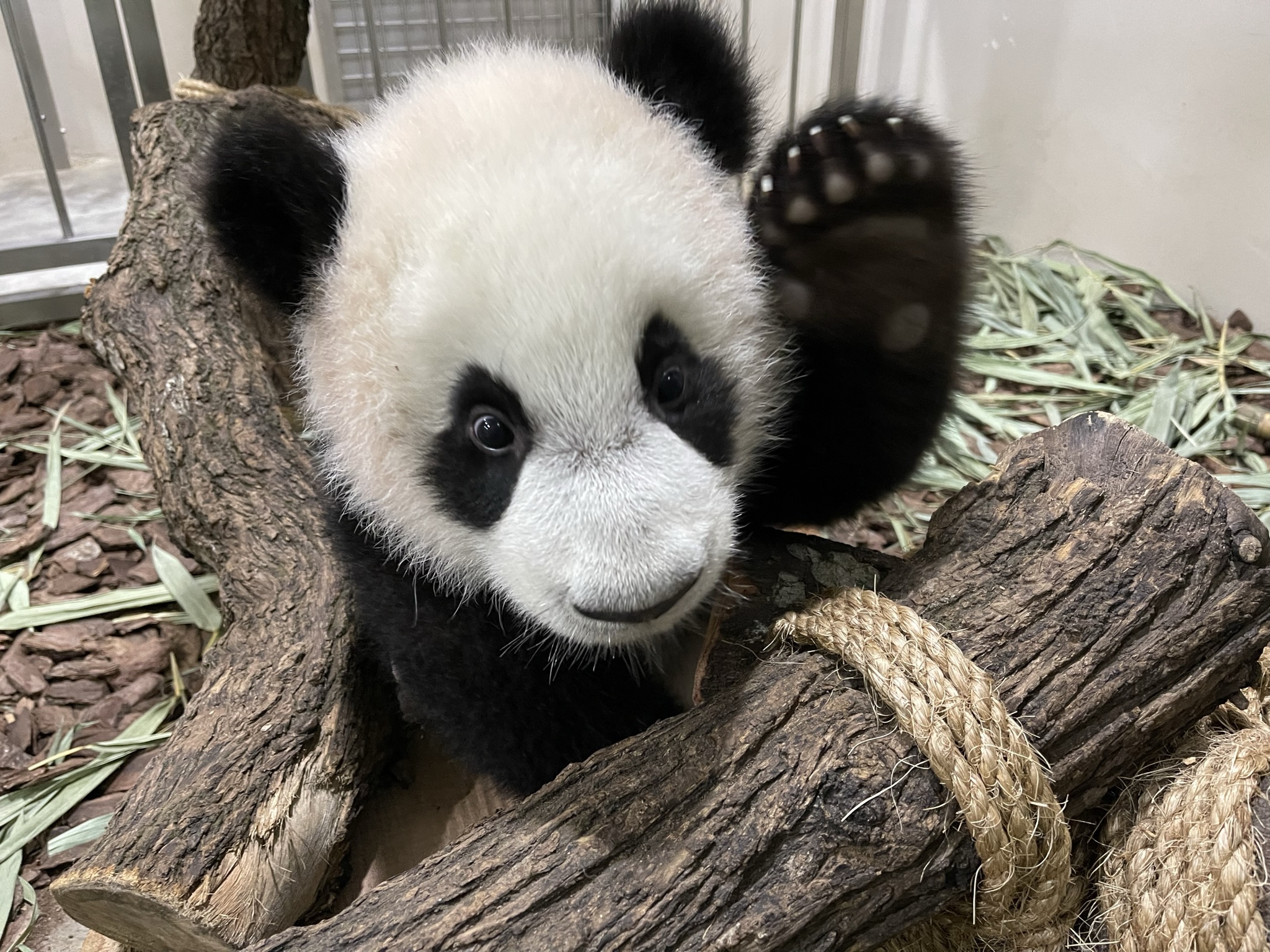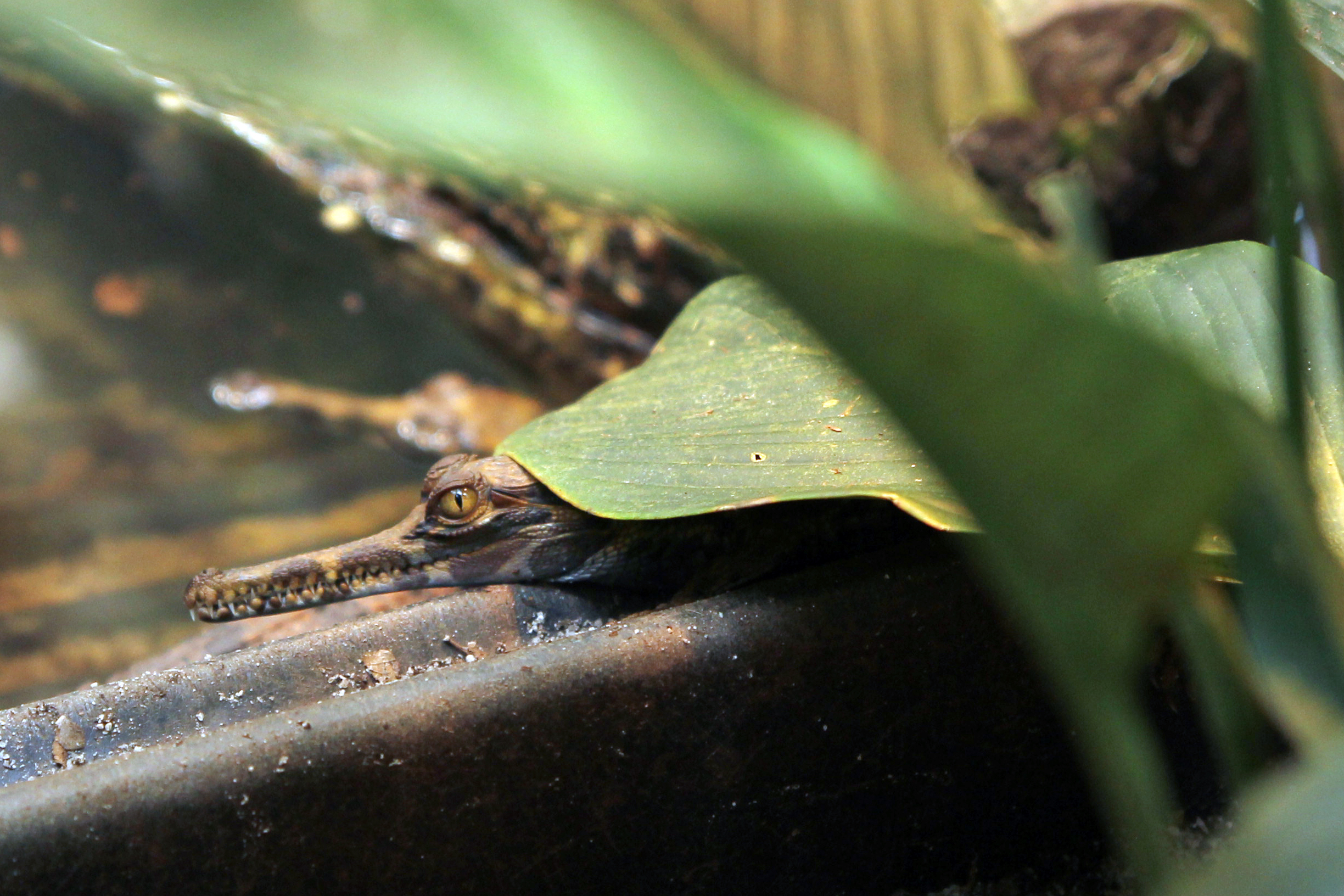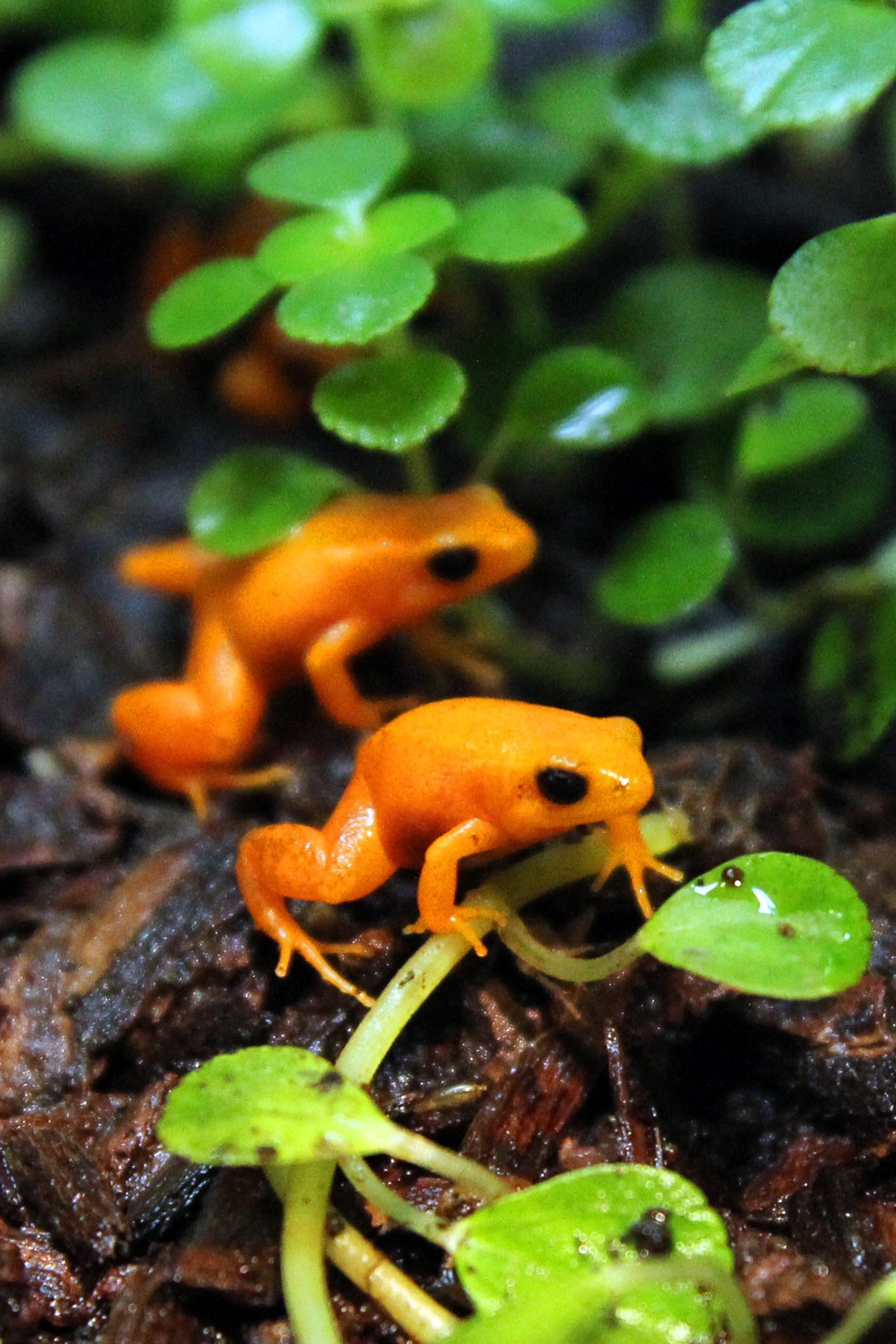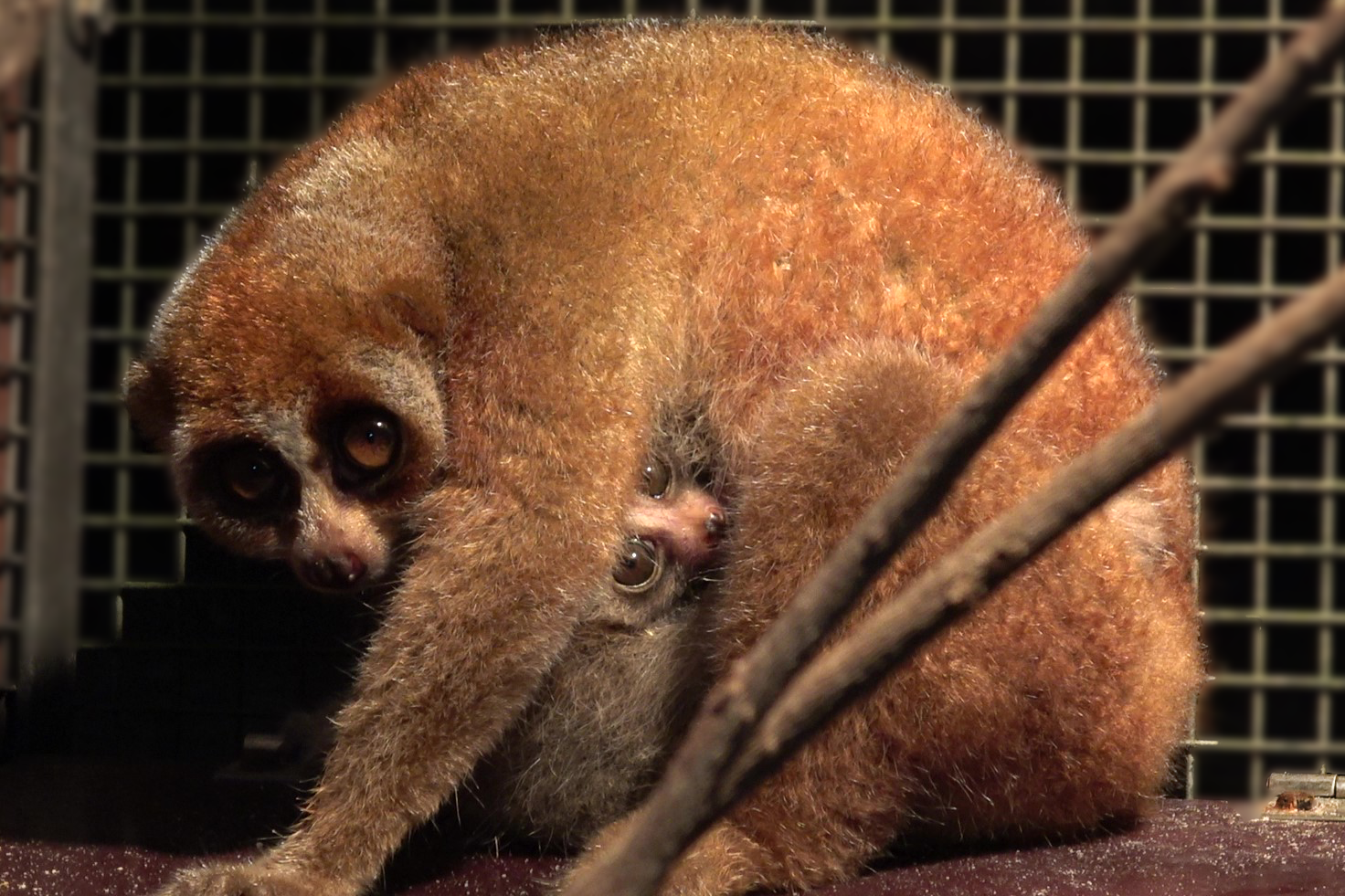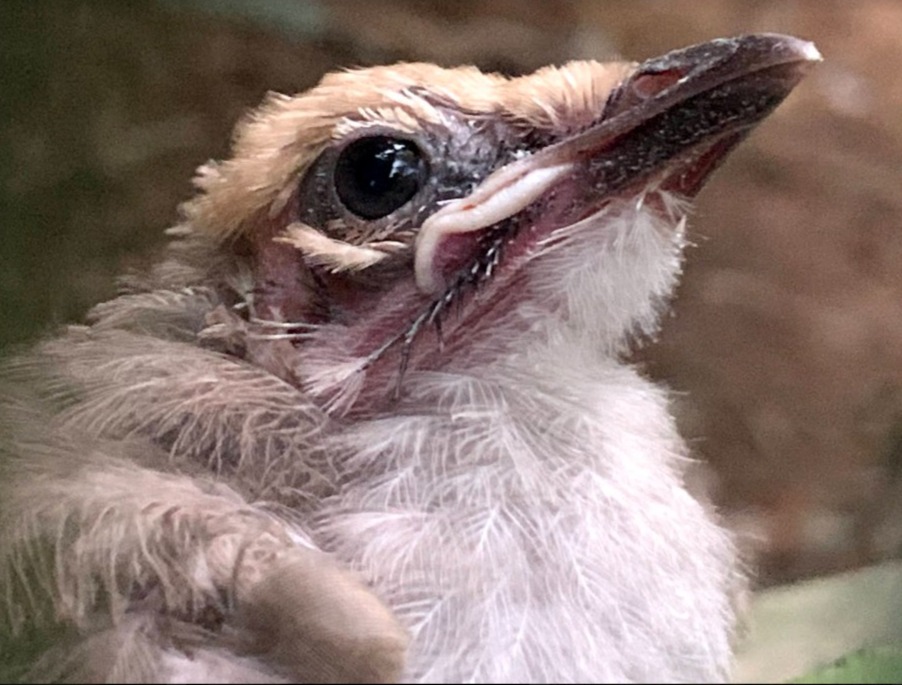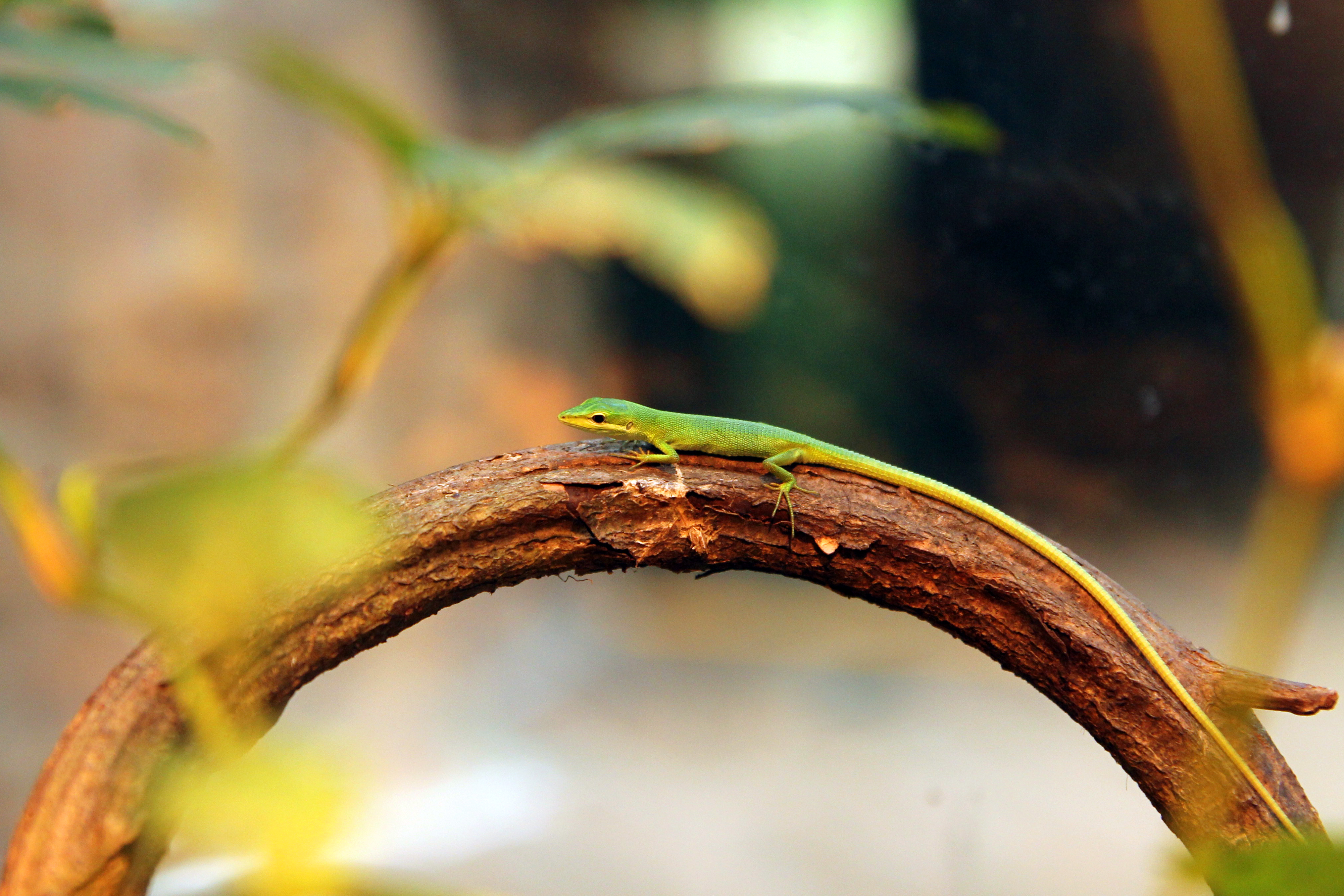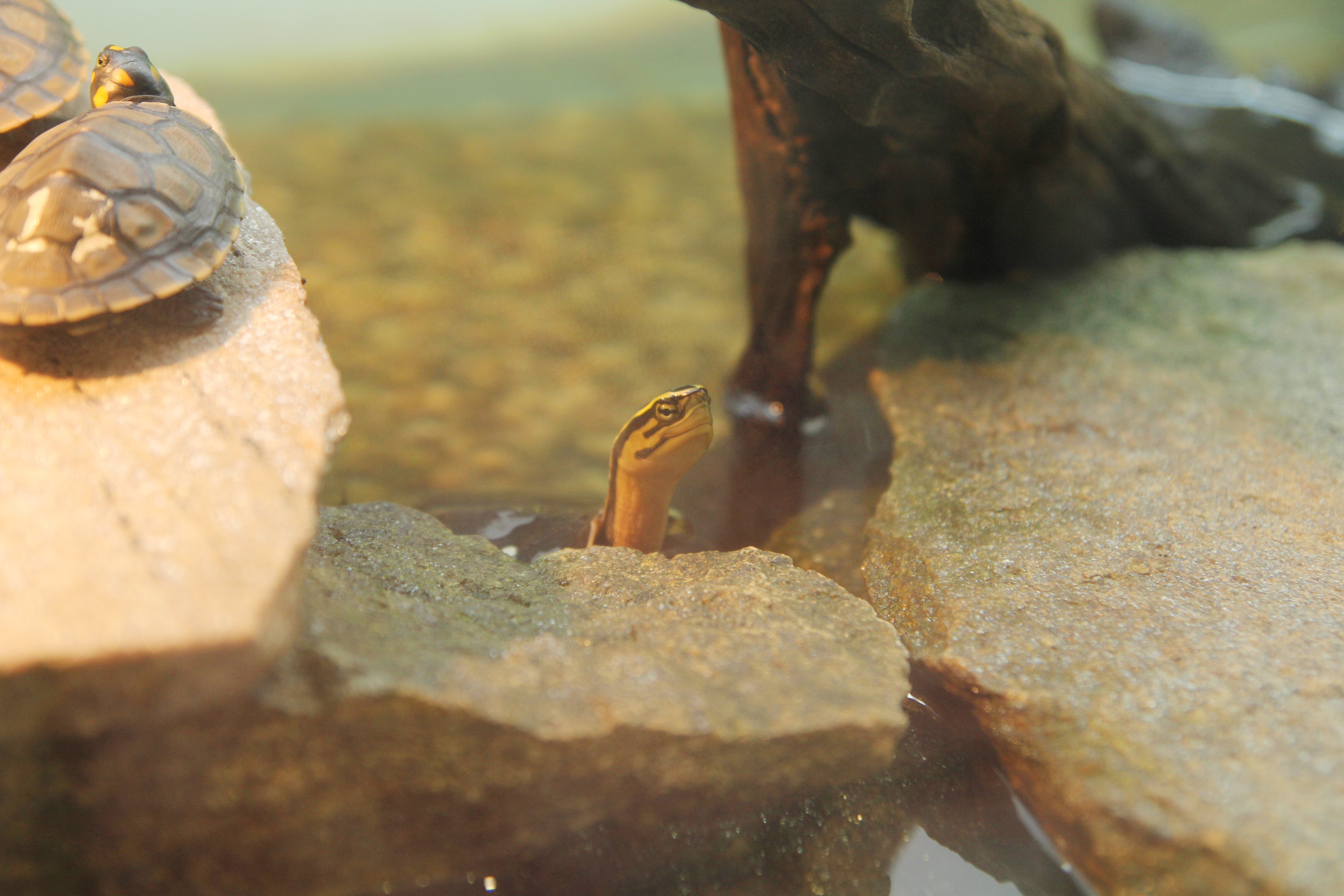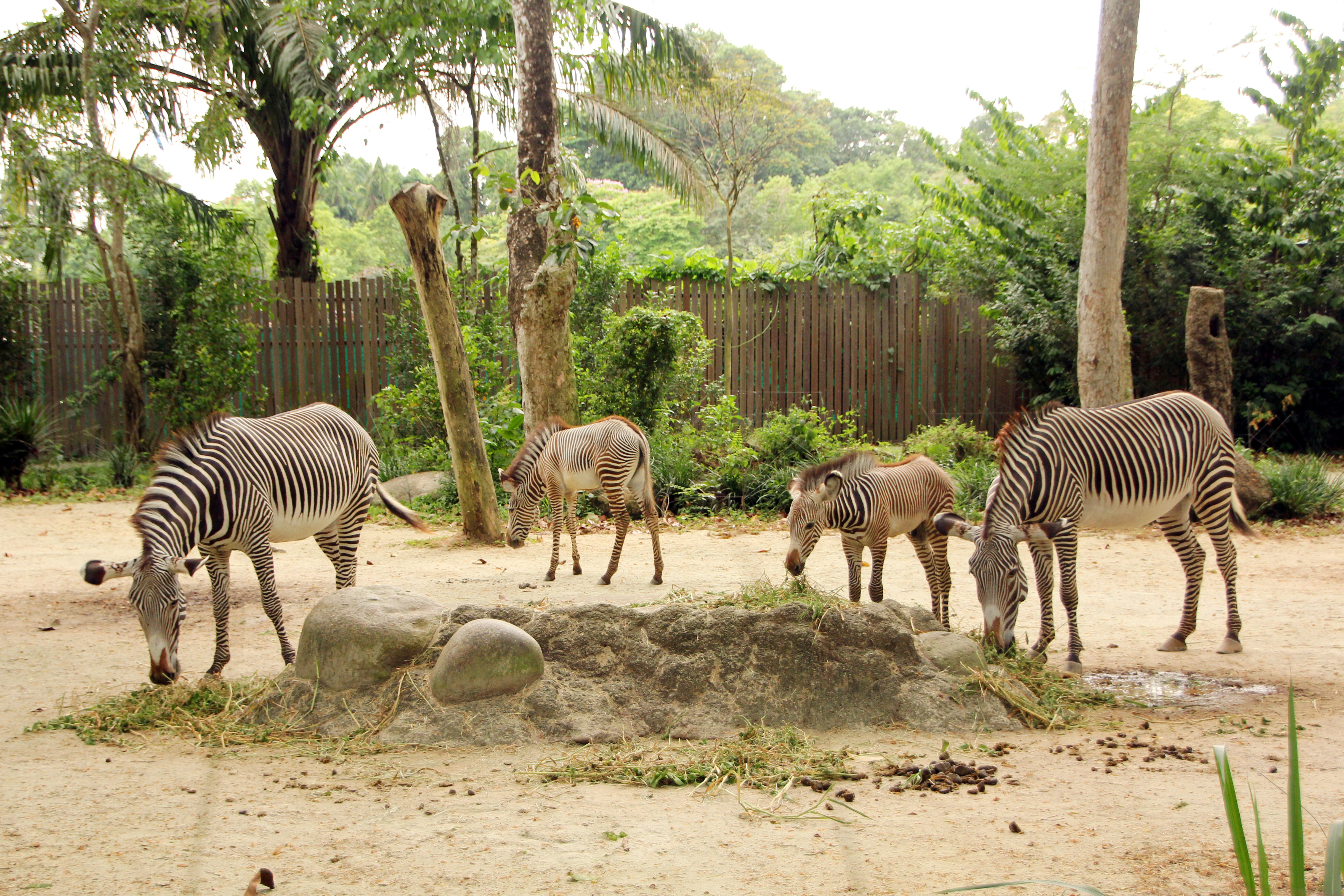Singapore’s four wildlife parks; Jurong Bird Park, Night Safari, River Wonders and Singapore Zoo collectively welcomed about 900 newborns across 160 species in 2021. Of these births and hatchings, 44 species are listed as threatened under the International Union for the Conservation of Nature’s (IUCN) Red List of Threatened Species.
Some exciting births that happened last year include that of Singapore’s first Giant Panda cub Le Le, two new foals to Singapore Zoo’s herd of Grevy’s Zebras, four pups to Singapore Zoo’s pack of African Painted Dogs, and Jurong Bird Park’s first Negros Bleeding-heart Dove chick, whose species is listed as critically endangered.
Here are a few of the threatened species listed under the International Union for the Conservation of Nature’s (IUCN) Red List.
African Painted Dogs
Singapore Zoo’s pack of African Painted Dogs, named for their colourful tri-coloured coats, welcomed four additions to their litter, after a 16-year hiatus. Africa’s most threatened large carnivore was once widespread across the continent’s savannahs in large packs. However, these prolific hunters are now globally endangered with extinction, having fallen victim to human encroachment. These social animals are active communicators and use their large distinctive ears to listen out to each other’s calls when separated. As pack animals, every member contributes to caring for the young pups.
Negros Bleeding-heart Dove
Jurong Bird Park welcomed its first critically endangered Negros Bleeding-heart Dove chick in just three months after the species’ arrival at the park.
False Gharial or Tomistoma
For the first time, Singapore Zoo also managed to breed the unique False Gharial or Tomistoma. This threatened species of crocodile from Southeast Asia is notoriously difficult to breed under human care as very specific conditions must be met for success.
Golden Mantellas
The team at Singapore Zoo’s RepTopia hatched close to 70 endangered Golden Mantellas. These bright yellow amphibians are endemic to central-eastern Madagascar and feed on a variety of insects.
Sunda Slow Loris
Christmas Day was extra special at Night Safari with the birth of a Sunda Slow Loris. Native to Southeast Asia, the species is listed as endangered on IUCN’s Red List of Threatened species. These endearing primates have been threatened with extinction due to the growing demand in the illegal pet trade and supposed healing properties in traditional medicine.
Straw-headed Bulbul
The park also successfully hatched three critically endangered Straw-headed Bulbuls. These gregarious birds have fallen victim to the caged-bird trade due to their melodic voices. Previously common in Southeast Asia, the species has been hunted to extinction in many areas.
Sakishima Grass Lizards
Sakishima Grass Lizards reproduces slowly as females generally lay clutches of only one or two eggs. Once abundant in the Southern islands of Japan, these long-tailed lizards are now not only hard to spot in their native habitat but are rarely found in zoos.
Asian Box Turtles
Native Singapore wildlife received a boost to numbers as well, with the addition of three endangered Southeast Asian Box Turtles, also known as Malayan Box Turtles. These turtles sport a dark olive head with three yellow stripes along each side.
Grevy Zebra
Singapore Zoo’s Grevy’s Zebras, managed under the Endangered Species Programme (EEP), put into practice the art of procreation as well. They added extra stripes for contributing to the global ex-situ conservation efforts of this highly threatened species, when two young foals bounded into the herd last year. Izara, who was born on 30 September last year, joined her family in welcoming half-brother Tari on 28 December.
Blue-eyed Cockatoos
The stork brought a trio of Blue-eyed Cockatoos to Jurong Bird Park. These beauties are vulnerable due to habitat loss and poaching for the illegal wildlife trade. Jurong Bird Park is the only zoological institute breeding this species and is the European Association of Zoos and Aquaria’s (EAZA) designated monitor for this species.
Read all the Singapore News, Breaking News and Entertainment News here

